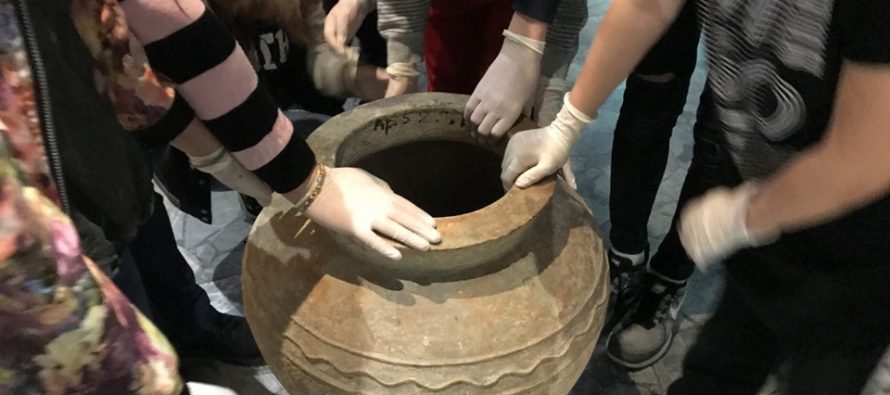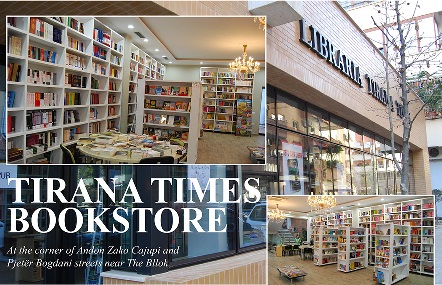“It is forbidden not to touch!”

Story Highlights
- The National Historical Museum further writes that it is a welcoming, warm, inclusive, accessible and positive Institution for people with disabilities who would like to visit and work on it.
Related Articles
TIRANA, May 25- The National History Museum and the Institute for blind children “Ramazan Kabashi” organized a collaborative activity titled “It is forbidden not to touch,” with the aim of promoting the rights of children with sight disabilities, as well as supporting people with disabilities to have access to all walks of life, both in cultural centers and other public centers. In the second edition of event “It is forbidden not to touch” another group of children with visual problems got to touch various objects at the National History Museum.
This activity consists of planned visits to the NHM pavilions by disabled students. The students of the “Ramazan Kabashi” Institute, equipped with gloves given by the staff of the museum, were able to touch the predetermined objects, original objects exhibited in the museum pavilions. The contact with these objects was accomplished with the help of the museum employees, who led the children along the wards, and during palpating the objects gave the description and relevant history for each object. Pre-designed objects to be tackled were secured and fixed to the right height to avoid potential damages.
The National Historical Museum further writes that it is a welcoming, warm, inclusive, accessible and positive Institution for people with disabilities who would like to visit and work on it.
“Children with sight disabilities came to experience the world by their hands. At the same time, the ability to touch and feel the original objects is a new way to teach the ancient Albanian civilization,” the museum wrote.
There are about 5000 objects in the museum's premises, which belong to a relatively long period of time, beginning in the 4th century BC and until the second half of the 20th century. The museum is conceived so that the presentation is made through eight pavilions, such as antiquity, medieval, national revival, independence, icons, etc. Albania's material and immaterial cultural heritage is promoted through the stands of the museum, which provides adequate space for displaying collections.





